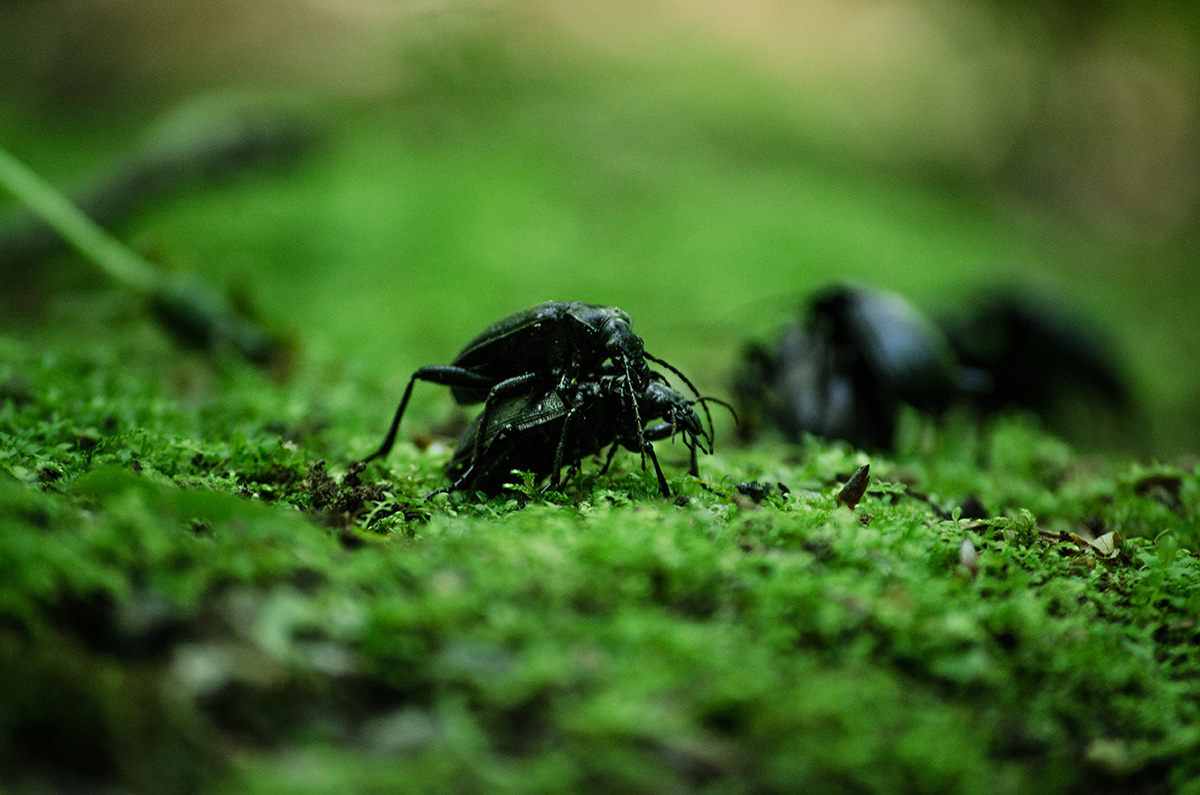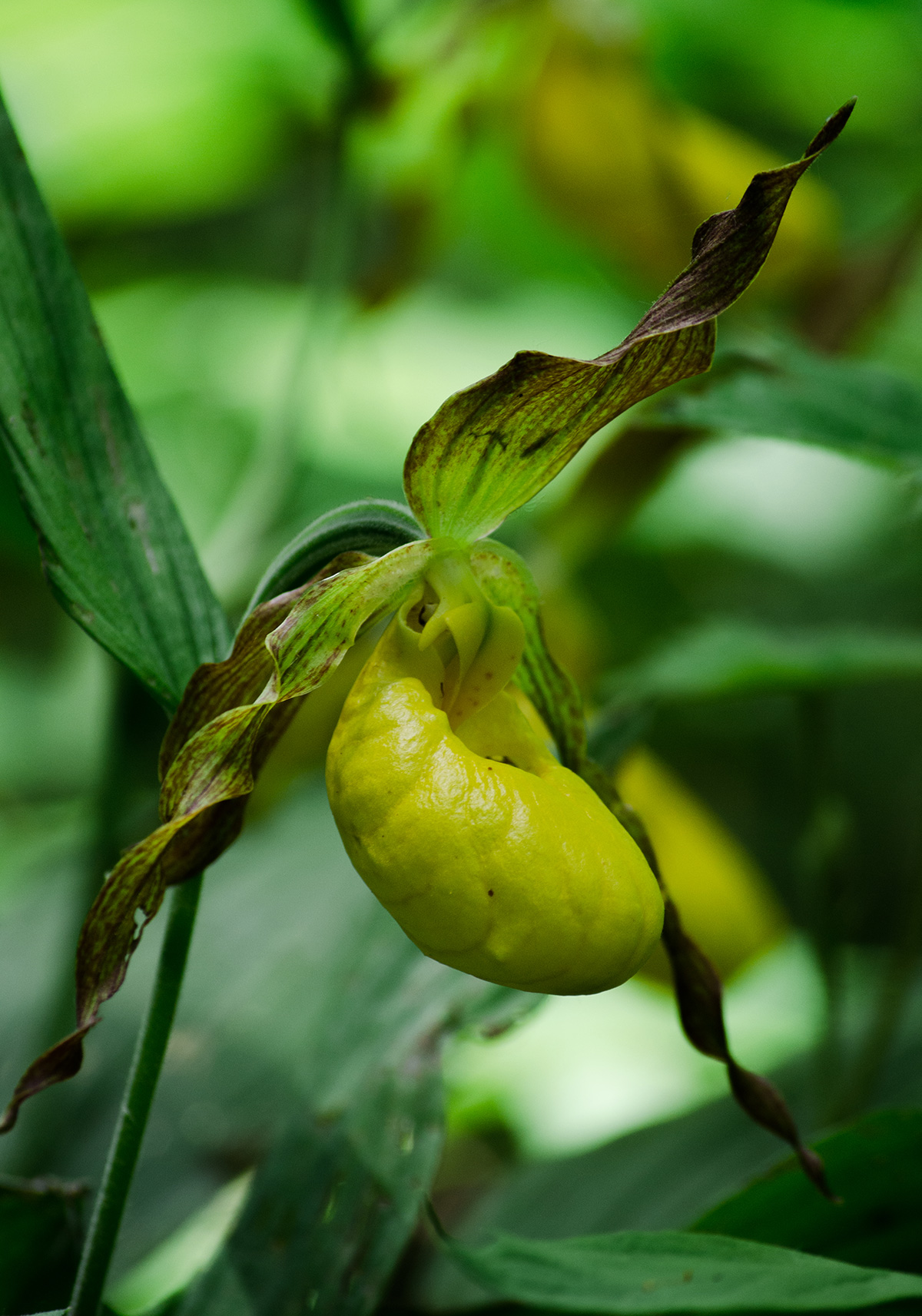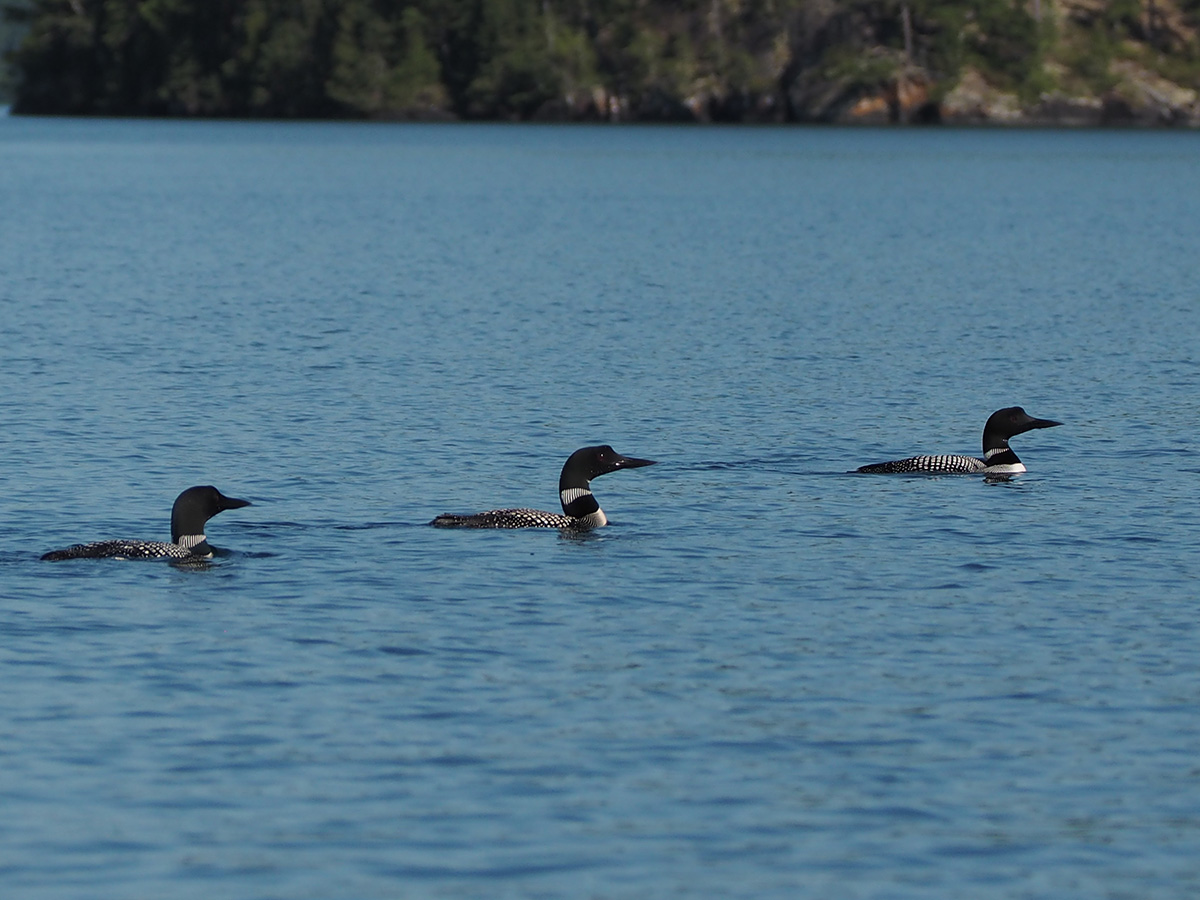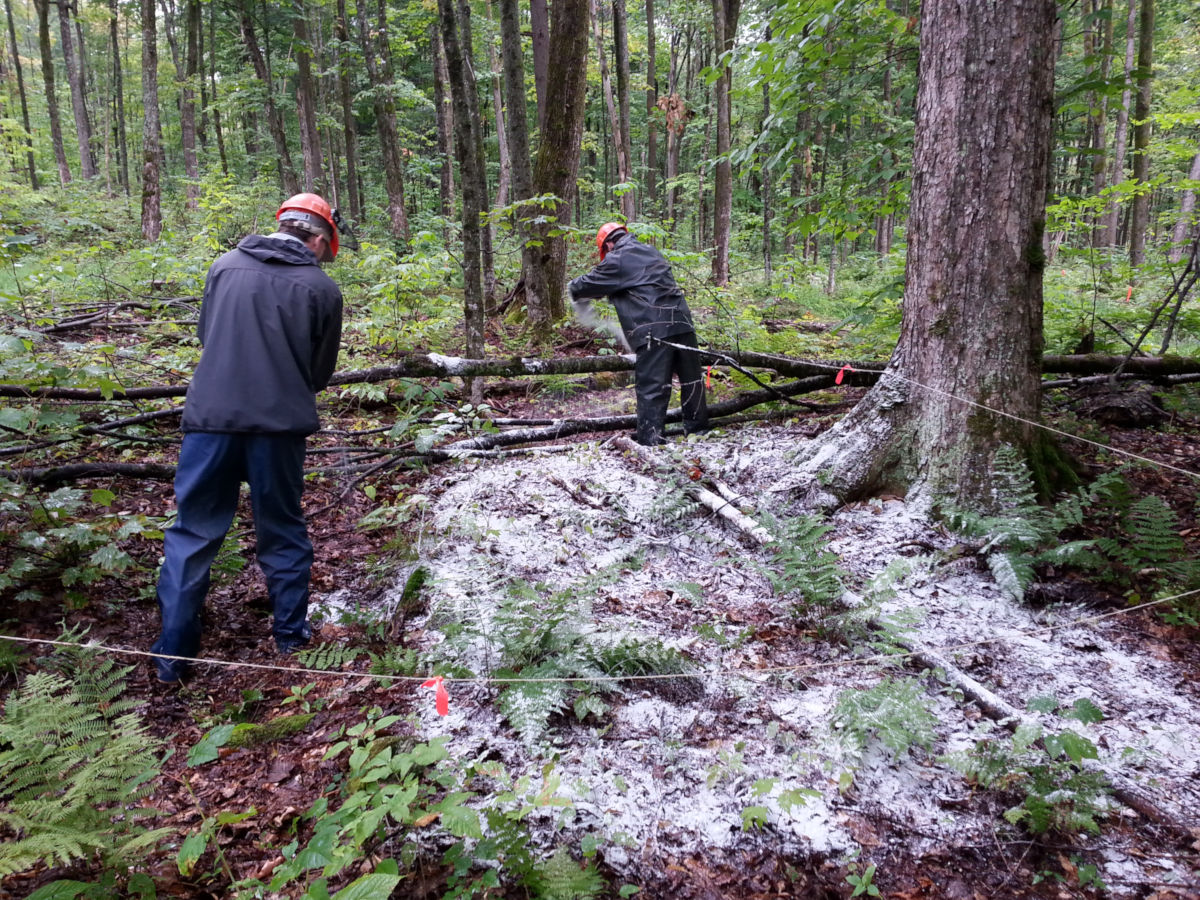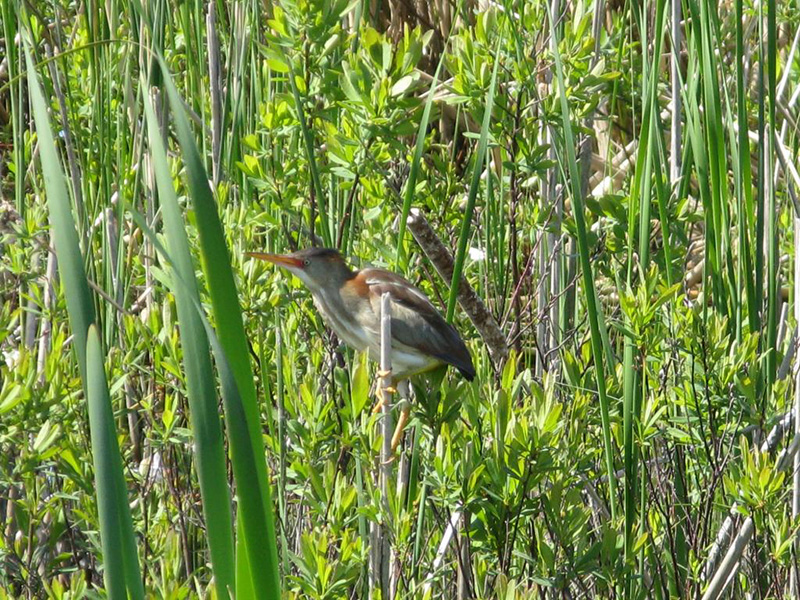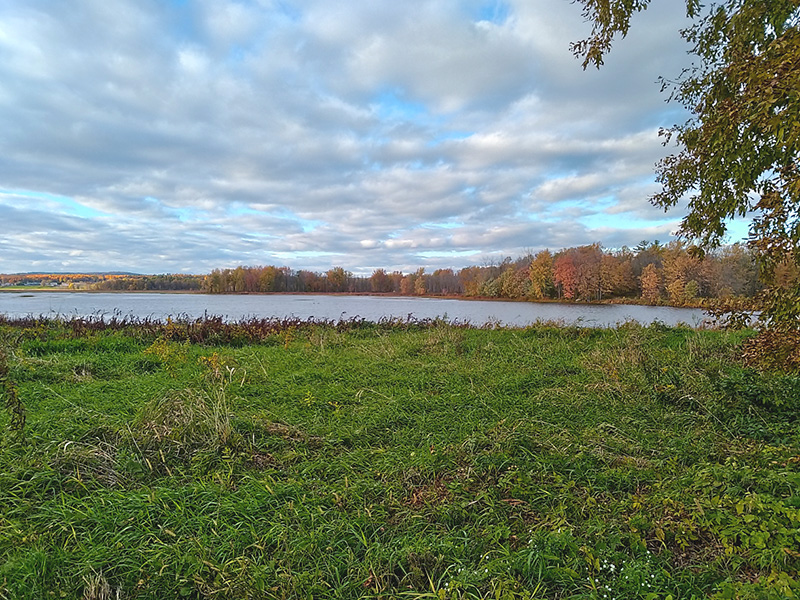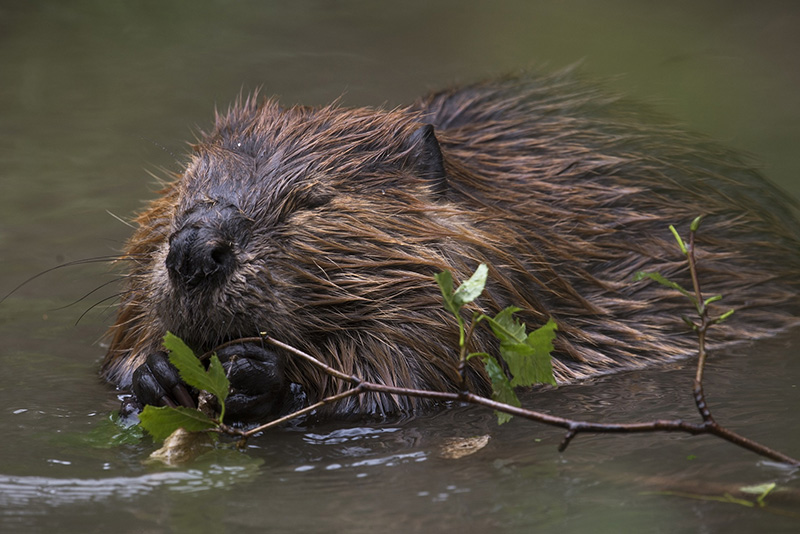Research sites
Forêt-la-Blanche
Within the Forêt-la-Blanche ecological reserve located in the MRC of Papineau, in 2008 ISFORT had the opportunity to complete a detailed inventory of all the tree species on nearly six hectares of this forest representative of stands as they existed prior to logging in the 19th and 20th centuries. In this large permanent plot dominated by sugar maple and yellow birch, all stems 5 cm in diameter at breast height were located and characterized. This plot is part of a system of large plots set up by the Université du Québec network to monitor sugar maple stands in the context of climate change. The data from these plots as well as the results that will come from the analysis of the data will be available to the public. Professor François Lorenzetti is the researcher monitoring and collecting data in this plot in the Outaouais.
Domtar Forest
Domtar owns approximately 160,000 hectares of private forest in southern Quebec in the Beauce and Estrie regions, including more than 5,000 hectares of hybrid forest plantation. Domtar has obtained FSC forest certification for its territories and is actively collaborating with ISFORT researchers to better understand the impact of their management on forest ecosystems. Examples of a research projects carried out in collaboration with Domtar include:
- Impact assessment of hybrid poplar plantations on bird and mammal communities.
- Investigation into the effect of soil fertility and grazing on the growth and biodiversity of maple groves.
Kenauk Forest
Several ISFORT projects are taking place at Kenauk Forest, one of North America’s largest private forests. There are several forests that have been managed through different strategies, areas exploited for a resort and a large area of undeveloped forest. The Kenauk Forest has more than 60 lakes as well as several forests that have never been developed in its history, thus providing ideal sites for the study of natural ecosystems.
You can visit the Kenauk Institute website for more information on this forest and the research being conducted there.
Gatineau Park
Gatineau Park is a vast territory (36,131 hectares) devoted to conservation while providing recreational experiences that respect the environment and encourage the discovery of its natural and cultural heritage. Gatineau Park is made up of a diversity of ecosystems that are home to more than 5,000 species, including rare species found nowhere else in the region, as well as 156 species on the federal and provincial lists of species at risk. Various researchers at ISFORT contribute to the acquisition of knowledge of Park ecosystems through their research.
Plaisance National Park
Plaisance National Park, created in 2002, is only a few kilometers away from ISFORT. Its rich fauna and the diversity of its terrestrial and aquatic habitats, combined with its proximity, offer many research opportunities. The territory of this park reflects its past human activity from the time of Aboriginal settlements, to when agriculture dominated, or intense hunting and fishing activities took place. The expanses of water and land, including a few hundred hectares of forest, are still under the influence of human activity because the water levels are dependent on the management of dams both upstream (Gatineau) and downstream (Carillon). All these elements combine to make Plaisance National Park a territory where ecological integrity has become a strong research theme. This is especially true since, in recent years, beaver populations have reached very high densities and the emerald ash borer has invaded the area. There are many research questions being studied by a team of several researchers from ISFORT, at the invitation of park managers. Collaboration between researchers and managers within the park also provides multiple opportunities to educate the public and visitors about the issues facing natural or restored environments in the context of global change.

